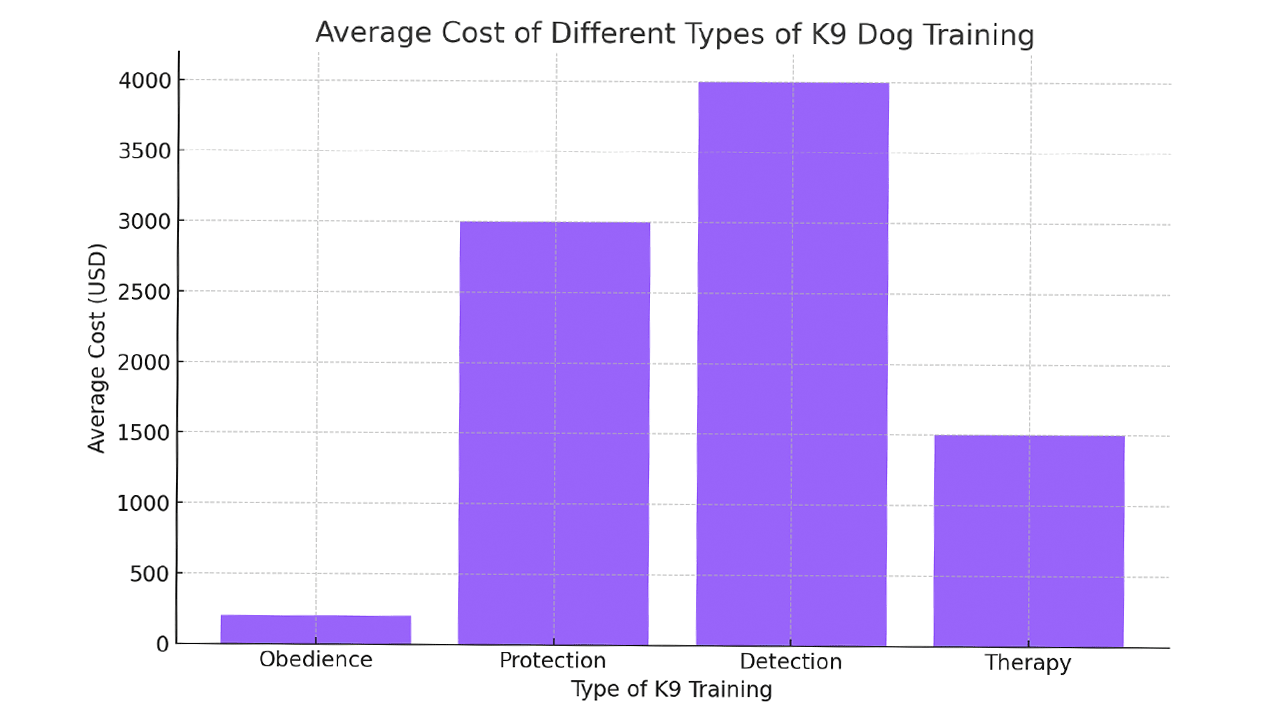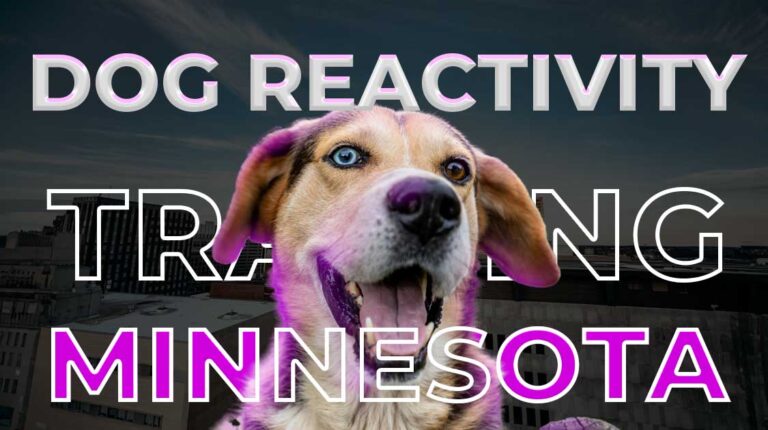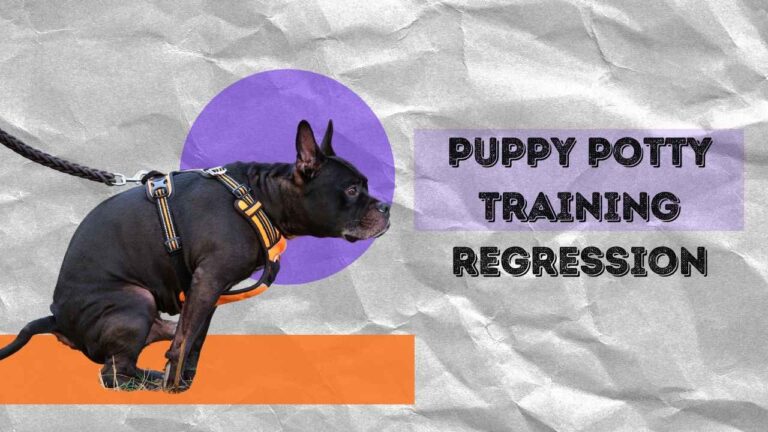How Much is K9 Dog Training?
Key Takeaways:
- Understanding K9 Dog Training: K9 dog training encompasses various types, including obedience, protection, detection, and therapy training.
- Benefits: This training enhances the dog’s skills, discipline, and ability to assist in specific tasks or roles.
- Cost Influencing Factors: The cost of K9 dog training varies based on factors like training type, trainer’s experience, and training duration.
- Average Costs: Knowing the average costs of different K9 training types helps in budget planning.
- Choosing a Trainer: Look for qualifications, experience, training methods, and cost considerations.
- Training Tips: Emphasize patience, consistency, positive reinforcement, early training, and socialization.
- Conclusion: Summarizes the importance and value of K9 dog training and encourages contacting a professional trainer for precise quotes.
How Much is K9 Dog Training?
The cost of K9 dog training varies significantly depending on the type and intensity of the program. For basic obedience training, you might expect to pay between $50 to $200 per session. More specialized training such as protection, detection, or therapy can cost significantly more, often ranging from $1,000 to $5,000 or more, depending on the duration and complexity of the training. These costs are influenced by factors like the trainer’s expertise, the training duration, and the specific requirements of the training program.
Average Cost of Different Types of K9 Dog Training

The bar chart above provides a hypothetical visualization of the average costs associated with different types of K9 dog training, such as obedience, protection, detection, and therapy training. Each bar represents a different training type and the corresponding average cost in USD. This chart helps to visually convey the varying costs of different K9 training programs, offering a clear perspective for those considering investing in specialized training for their dogs.
Introduction
K9 dog training is a specialized form of training tailored to prepare dogs for various roles, from basic obedience to specific tasks like protection, detection, and therapy. Understanding the nuances of K9 dog training, its benefits, types, and costs is crucial for anyone considering it for their dog. This article aims to provide a comprehensive guide on the aspects of K9 dog training, including how to choose the right trainer and tips for effective training.
What is K9 Dog Training?
K9 dog training involves specialized techniques to train dogs for specific roles. It’s commonly associated with police and military dogs, but it also extends to civilian dogs for various purposes. This type of training is designed to enhance a dog’s natural abilities and instincts, equipping them with the skills to perform specific tasks. The training can vary greatly in scope and intensity, depending on the dog’s role. For instance, a dog trained for police work would undergo a more rigorous and comprehensive program compared to one being trained for basic obedience.
Benefits of K9 Dog Training
The benefits of K9 dog training are extensive. It helps in developing discipline, enhancing skills, and preparing the dog for roles that require specific training, such as search and rescue, protection, or therapy. Well-trained K9 dogs are more disciplined, responsive, and easier to manage. They also tend to be more confident and less anxious in various environments, which is crucial for dogs involved in public service or assistance roles. The training also fosters a strong bond between the dog and its handler, which is essential for effective teamwork.
Types of K9 Dog Training
K9 training encompasses several types, including:
- Obedience Training: Focusing on basic commands and behavior.
- Protection Training: Teaching dogs to protect their handlers.
- Detection Training: Training dogs to detect substances like drugs or explosives.
- Therapy Dog Training: Preparing dogs to provide comfort and support in therapeutic settings.
Each type of training addresses different skills and is tailored to the specific needs of the dog and its handler. Obedience training lays the foundation for all other training types, emphasizing basic commands and behavioral control. Protection training involves teaching the dog to guard and defend, while detection training focuses on the dog’s ability to identify specific scents. Therapy dog training is aimed at preparing the dog to offer emotional support and comfort to individuals in settings like hospitals, schools, or nursing homes.
Cost of K9 Dog Training
Factors That Affect the Cost
Several factors influence the cost of K9 dog training:
- Type of Training: Advanced training like protection or detection typically costs more.
- Trainer’s Experience: More experienced trainers may charge higher rates.
- Duration of Training: Longer training programs can increase the overall cost.
The cost of training a K9 dog varies widely depending on these factors. For example, a basic obedience training program may be relatively inexpensive, while a comprehensive protection or detection training program can be quite costly. The trainer’s experience and reputation also play a significant role in determining the price. Generally, trainers with extensive experience or specialized skills in K9 training tend to charge more for their services.
Average Cost of K9 Dog Training
The average cost varies greatly depending on the type and intensity of the training. For basic obedience training, prices might range from $50 to $200 per session, while specialized training like protection or detection can cost several thousand dollars. The cost also depends on the duration of the training program. Short-term courses or workshops might be less expensive, but they may not provide the same level of training as longer, more intensive programs. Group training sessions can also be a more cost-effective option compared to private sessions.
Tips for Saving Money on K9 Dog Training
Saving on training costs can involve choosing group sessions, shorter programs, or trainers with competitive pricing. It’s also beneficial to do some research and compare prices and services offered by different trainers. Sometimes, trainers offer package deals or discounts for multiple sessions, which can be more economical in the long run. Another way to save money is to participate in training workshops or seminars, which often provide valuable information and training techniques at a lower cost than regular training sessions.
How to Choose a K9 Dog Trainer
Qualifications to Look For
Ensure the trainer has relevant certifications and specializes in the type of training your dog needs. When choosing a K9 dog trainer, it’s essential to consider their qualifications and expertise. Look for trainers who have certifications from reputable organizations, as this indicates they have met certain standards in dog training. It’s also important to choose a trainer who has experience in the specific type of K9 training you’re interested in. For example, if you need protection training for your dog, look for a trainer who specializes in that area.
Experience
A trainer with extensive experience in K9 training is preferable, especially for specialized training programs. Experience is crucial in dog training, as it often translates to a deeper understanding of dog behavior and more effective training methods. An experienced trainer will be able to tailor the training to your dog’s individual needs and address any specific challenges or issues. They will also be equipped to handle different breeds and temperaments, which is particularly important in K9 training.
Training Methods
It’s important to choose a trainer who uses positive, humane training methods. The training approach used by the trainer is a critical aspect to consider. Positive reinforcement techniques, which involve rewarding the dog for good behavior, are generally more effective and humane compared to punishment-based methods. These methods not only facilitate better learning but also help in building a positive relationship between the dog and the trainer.
Cost
While cost is an important factor, it should not be the only consideration when choosing a K9 dog trainer. While you should be mindful of your budget, it’s also important to ensure that the trainer you choose offers quality training. Sometimes, paying a bit more for an experienced and well-qualified trainer can lead to better results and a more positive training experience for both you and your dog.
Tips for K9 Dog Training
When it comes to training your K9 dog, there are several tips that can help make the process more effective and enjoyable for both you and your dog.
Be Patient and Consistent
Patience and consistency are key in dog training. Training a dog, especially for specialized K9 roles, takes time and effort. It’s important to be patient and consistent with your training approach. Dogs learn through repetition, so it’s crucial to practice the training exercises regularly and maintain consistency in the commands and rules you set.
Use Positive Reinforcement
Positive reinforcement is an effective training method. This involves rewarding your dog for good behavior, which encourages them to repeat that behavior. Rewards can be in the form of treats, praise, or playtime. Using positive reinforcement not only makes training more enjoyable for your dog but also strengthens the bond between you and your pet.
Start Early
Starting training early can be beneficial. The earlier you start training your dog, the easier it will be for them to learn and adapt to the training. Early training also helps in preventing the development of unwanted behaviors.
Socialize Your Dog
Socialization is an important aspect of K9 dog training. Exposing your dog to different people, animals, environments, and situations helps in developing their social skills and reducing fear or aggression. Well-socialized dogs are generally more confident and better equipped to handle various scenarios they might encounter in their roles.
Conclusion
In summary, K9 dog training is a valuable investment in your dog’s development and abilities. Understanding the types of training available, the costs involved, and how to choose the right trainer are crucial steps in ensuring a successful training experience. By following the tips provided and choosing a trainer who uses positive, humane methods, you can enhance your dog’s skills and prepare them for their specific role. If you’re considering K9 dog training for your dog, contact a professional trainer today for a quote and more information.
Read more:
- How Much Does it Cost to Train a Hunting Dog?How to Become a Dog Trainer in Missouri: The Ultimate GuideHow to Train a Dogo Argentino







